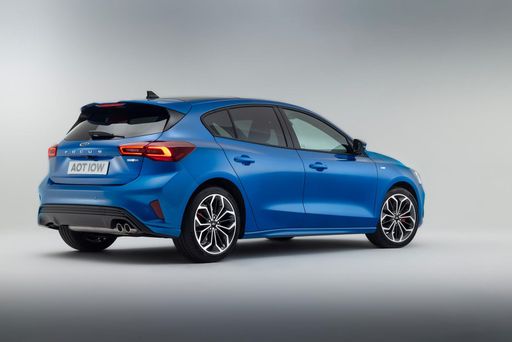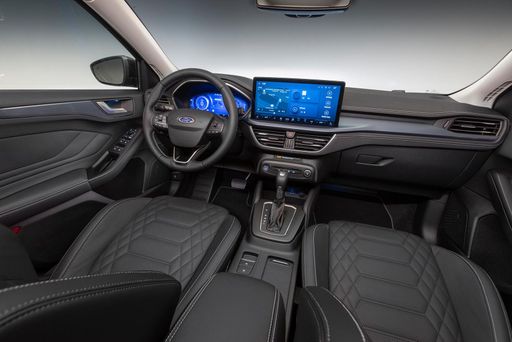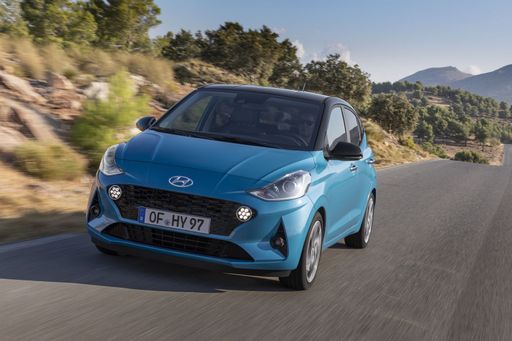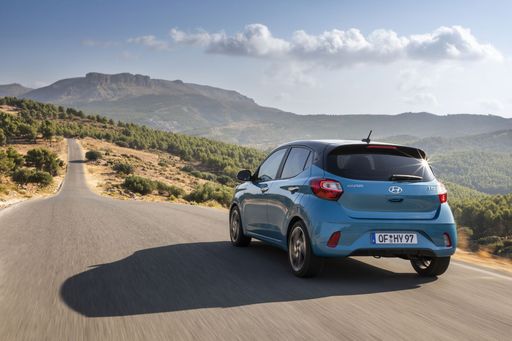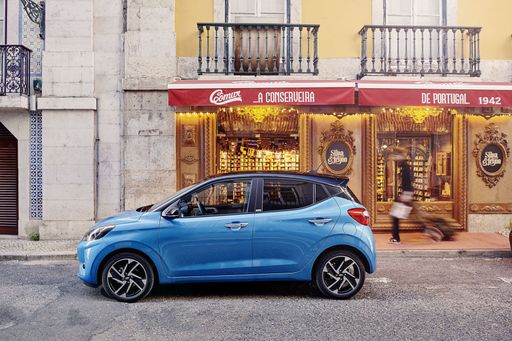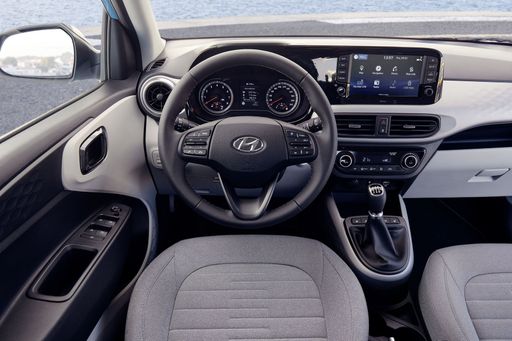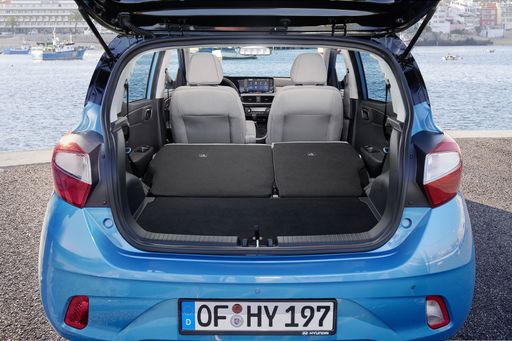Design and Dimensions
The Ford Focus, known for its dynamic appearance, measures over 4.3 meters long, with a significant width of about 1.8 meters. This hatchback offers a sporty yet sophisticated look, standing at a height of around 1.44 meters. It can comfortably accommodate five passengers across its five doors, making it a great pick for families or groups of friends. Additionally, its trunk capacity of 392 liters ensures that you have ample space for luggage.
On the other hand, the Hyundai i10 takes a more compact approach with a length of 3675 mm and a width of 1680 mm. Despite its more petite dimensions, the i10 is still a five-door vehicle, designed to maximize interior space for its passengers. Although it offers less trunk space at 252 liters, its nimble size makes it ideal for urban environments and tight parking situations.


